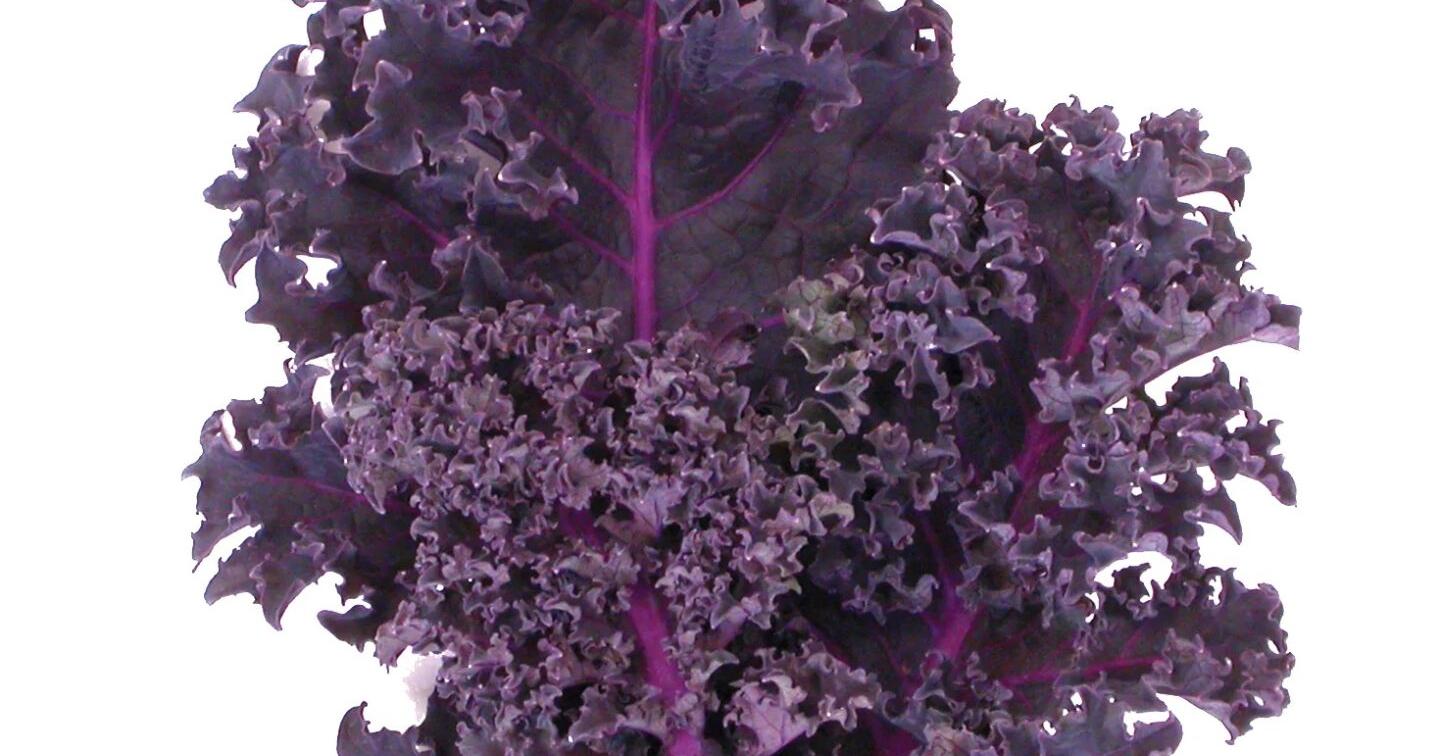Starting A Vegetable Garden
There’s nothing quite like the feeling of a fresh harvest from your own garden. Not only is it satisfying and delicious, it also burns calories and helps you stay healthy.
To maximize yields, choose varieties that perform well in your region’s climate, soil, and growing conditions. Consider companion planting, which pairs vegetables that share similar growing needs or ripening cycles.

Each year, the Green Giant Corp. polls Americans to determine our country’s favorite vegetable. In 2022, over 5,000 people, ages 13-73, responded to the survey.
Broccoli was the runaway champion for the second year in a row, chosen by 29 states, including Washington. Runners-up, in order of popularity, were corn, carrots, potatoes and asparagus.
Where were peas, squash, Brussels sprouts, cabbage, peppers, cucumbers and green beans? A small, limited poll like Green Giant’s is not definitive, but it does point out that when it comes to eating their veggies, Americans aren’t very adventurous. And if Green Giant asked Americans to name their most disliked vegetable, the winner might be kale.
The underappreciated vegetable’s star began to rise when Bon Appetit magazine christened 2012 as “The Year of Kale.”
More proof that kale was “cool” came when Ari Shapiro, host of National Public Radio’s “All Things Considered,” announced on his show in 2016 that, “We have some breaking news from our dedicated kale coverage desk here at NPR. Starting now, Chick-fil-A has kale on its menu next to the spicy chicken sandwich and the waffle fries.”
It’s still on their menu.
One of the world’s most nutritious foods, kale should be on everyone’s menu. Rich in carotenoids and flavonoids, these substances may help prevent some chronic health conditions including certain types of cancer and heart disease. We know for certain that one cup of kale has just 36 calories, zero grams of fat, a staggering 684% of the recommended dietary allowance of Vitamin K, 206% of Vitamin A, and 134% of Vitamin C. It’s also an excellent source of calcium, iron and dietary fiber.
However, anyone taking blood thinning medications or with a kidney problem should check with their doctor before adding more kale to their diet.
I grew kale long before I actually ate it. When the idea of “edible landscaping” began showing up in gardening magazines, “Redbor” kale was everywhere, and I found a six-pack at the nursery. With frilly, curled leaves and deep purple stems and veins, “Redbor” can stand in for any heuchera or coleus. There it was, photographed in beautiful urns on front porches, or as a vegetable disguised as an ornamental in sophisticated mixed borders.
When I finally took a taste, it was a pleasant surprise. “Redbor” had cabbage’s sweet flavor and crisp texture.
It didn’t take long before I asked my husband to grow kale for us in his vegetable garden. We like the heirloom “Nero di Toscana,” often called “dinosaur kale.” It takes only 25 days to grow big enough to harvest as baby greens, and 25 more to mature with long, narrow, deeply rumpled dark-greenish-gray leaves that curl under.
“Red Russian” is another popular variety, with beautiful and tender serrated, blue-green leaves with purple stems and veins. Another heirloom, it was introduced to America in 1885 via Canada, brought there by French traders. The leaves stay very tender, even when mature.
Kale is a biennial, which means it will flower and set seed in the second year. When this happens, don’t miss eating a single flower bud. Snip them off just before they open, along with 3 inches of stem. If you prefer edible flowers, cut the flower head off just as the blossoms begin to open, and toss them in your salads or stir-fries.
Perhaps the most amazing thing about kale is the anti-freeze that seems to run through its veins. As a survival mechanism, cool-season vegetables like kale convert carbohydrates to sugars in response to cold. Sugar water freezes at a lower temperature than plain water, making the plant’s cells more durable. This explains why kale gets sweeter as it gets colder. Some winters have been mild enough that I could harvest fresh leaves throughout the entire season. (Last winter was much too cold for that to happen.)
You can buy bags of fresh kale at the grocery store, but growing your own is easy. Sow kale seeds in early spring as soon as the soil warms to about 50 degrees, or buy starts at the nursery. Some gardeners plant a crop of kale later in the season, about 60 days before our first frost. Choose a well-drained, full-sun location. If you’re starting it from seed, thin the plants as they grow, adding the tiny leaves to salads.
Kale is a wide-body vegetable, so give it plenty of room.
To harvest, pick leaves starting from the bottom of the stem and working upward. Be sure to remove the tough mid-rib before cooking or eating. When I faithfully harvest my plants, they resemble a palm tree later in the season, with a long, bare stem topped with a shaggy fluff of fresh leaves.
• Carol Barany and her husband, John, found paradise on 1 1/3 acres just west of Franklin Park, where they raised three children and became Master Gardeners. Contact her at florabundance14@gmail.com.
Source: yakimaherald.com
Leave a Reply